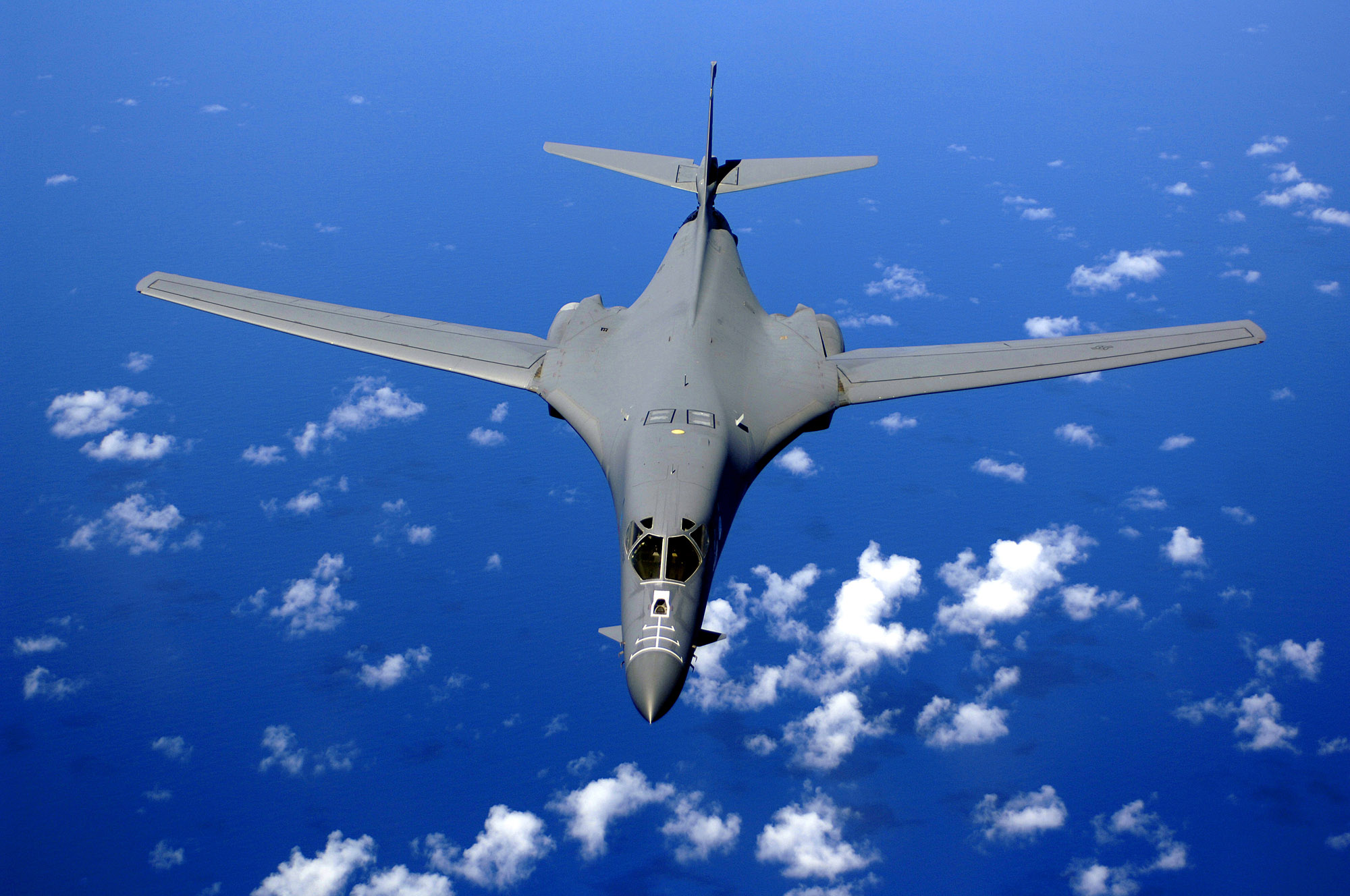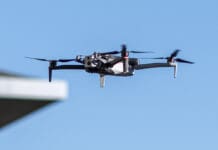
This post is also available in:
 עברית (Hebrew)
עברית (Hebrew)
Supersonic military jet engines are much louder than regular jet engines, affecting the health of personnel working in close proximity to the aircraft and people living close to the military base. A new research will test ideas to reduce this noise. Researchers from the Department of Aerospace Engineering at the University of Kansas will design and test innovative technologies to cut noise from supersonic military jets.
Z.J. Wang, Spahr Professor of Aerospace Engineering at KU, and his team will investigate the potential of installing vanes inside the jet engine exit nozzle to create “shear layer swirl” that promotes mixing of jet exhaust with surrounding air, thereby cutting noise (the nozzle is a mechanical hydraulic component for flow narrowing).
The team, studying computational fluid dynamics and computational aero-acoustics via supercomputers, will aim for an ambitious three-decibel reduction in jet noise, which in effect cuts acoustic power in half.
“Swirl is the rotational motion of flow,” Wang said. “When supersonic jet exhaust blows out of aircraft nozzle, it’s normally straight out — there would be little to no swirl. The idea here is to generate some strategic rotational motion at the exit to enhance mixing of the jet with surrounding stationary air to reduce supersonic jet noise. There have been a lot of studies in noise mitigation that show this kind of mixing can reduce noise.”
Although commercial jets have been using the chevron nozzle — a saw-tooth kind of shape — to reduce noise, the concept is not effective for supersonic jets. “Swirl generation vanes will be integrated inside the nozzle wall to generate the desired level of rotational flow.”
The team will investigate the possibility of noise-reducing vanes adjusting to a neutral position after a supersonic jet has taken off, so the jet engines operate with a very minor loss of power once the aircraft is at cruising altitude. “
The research is supported by the U.S. Department of Defense’s Strategic Environmental Research and Development Program (SERDP).

























